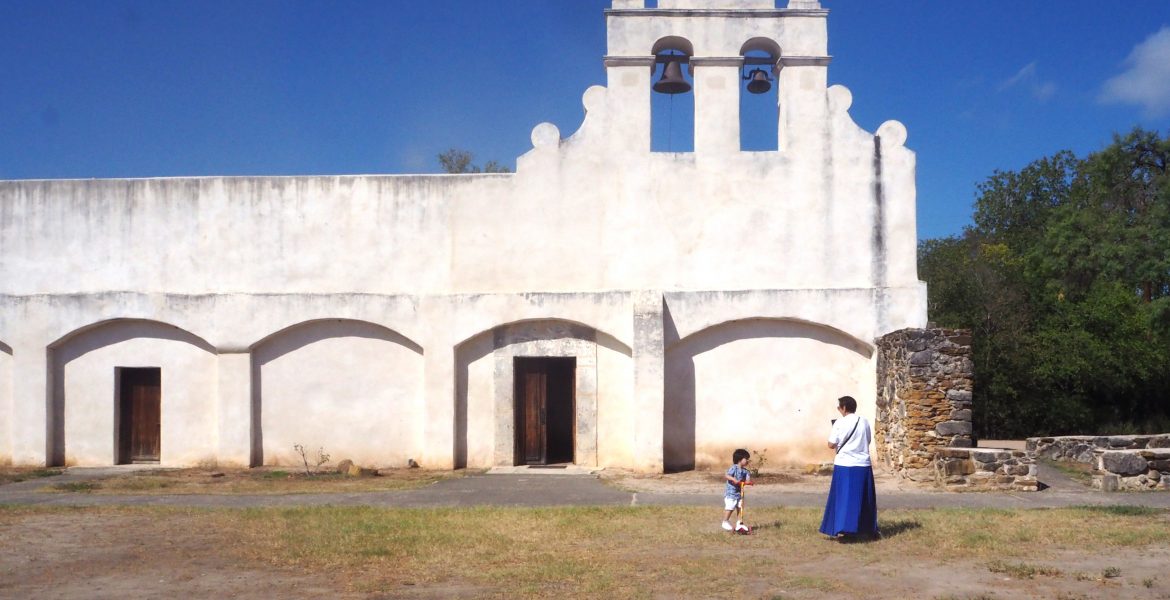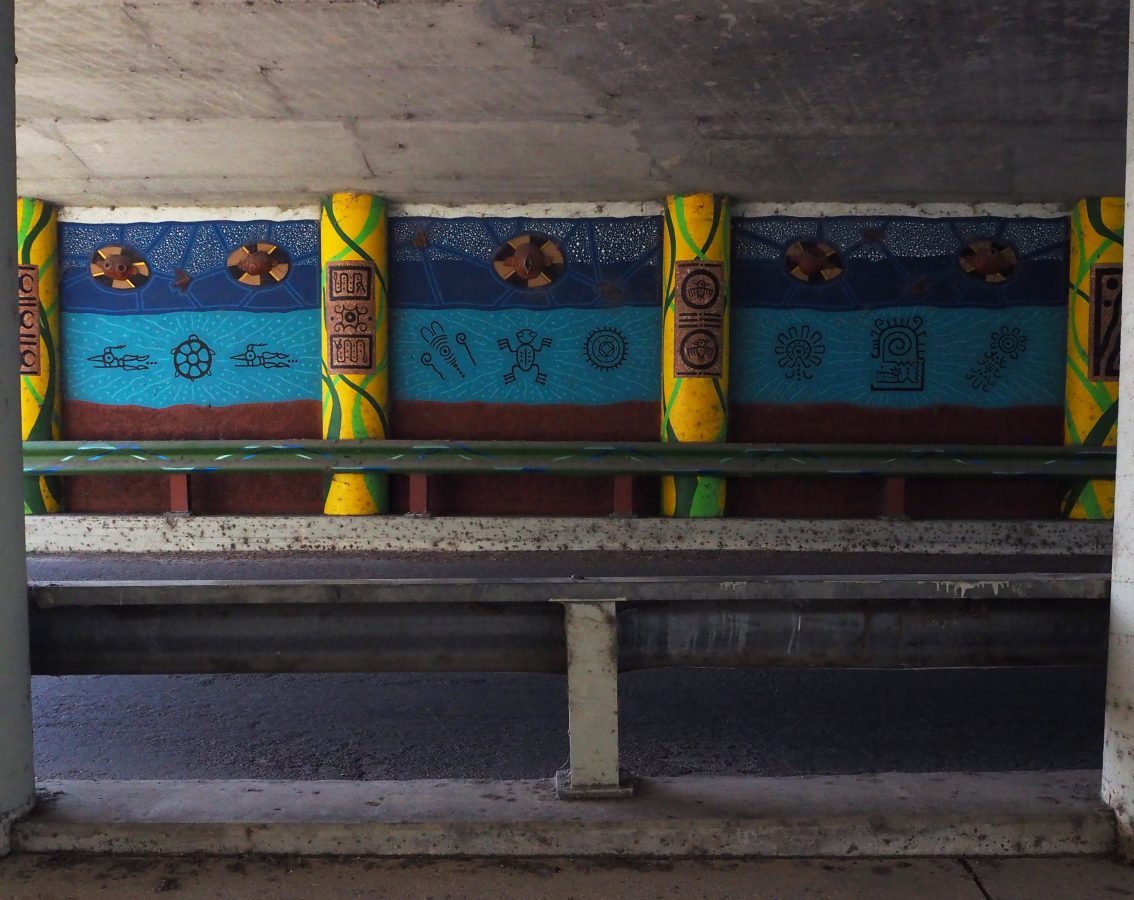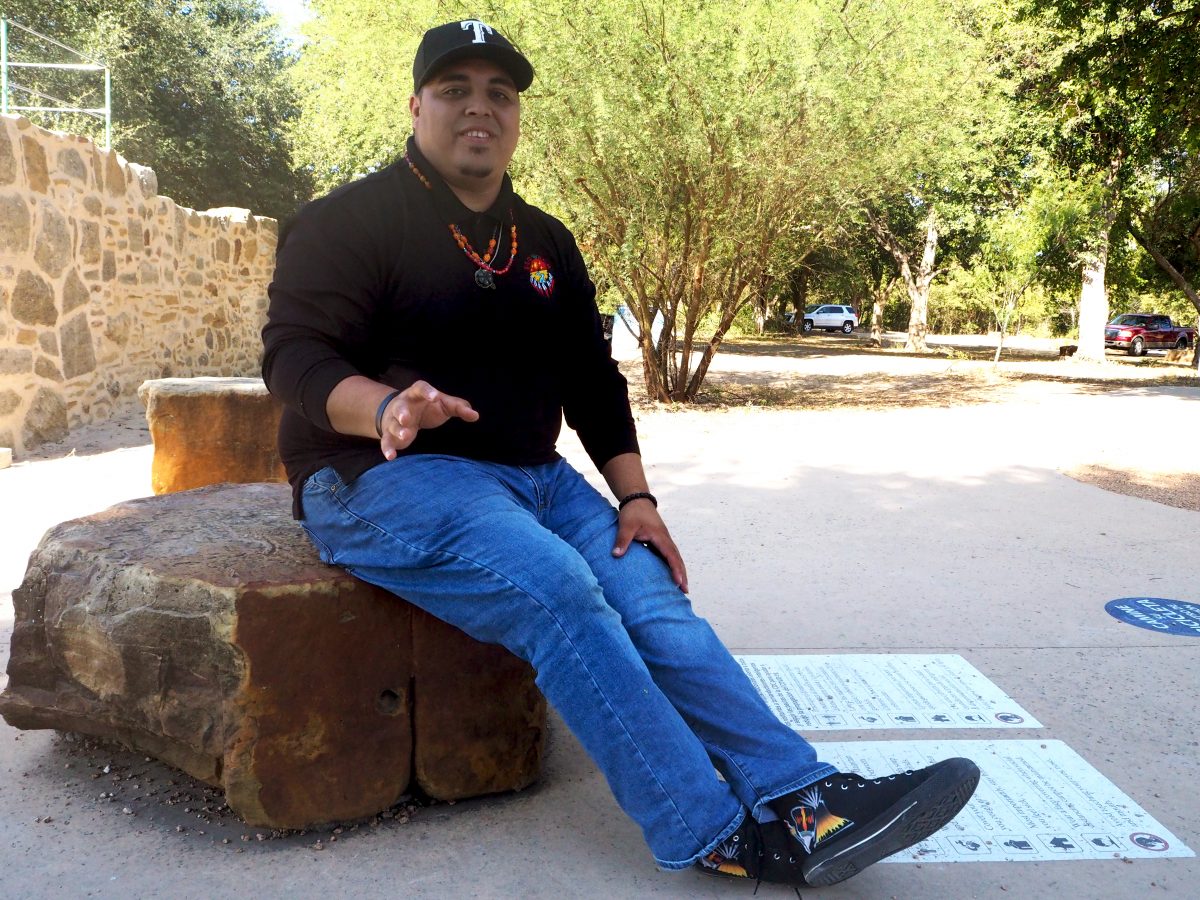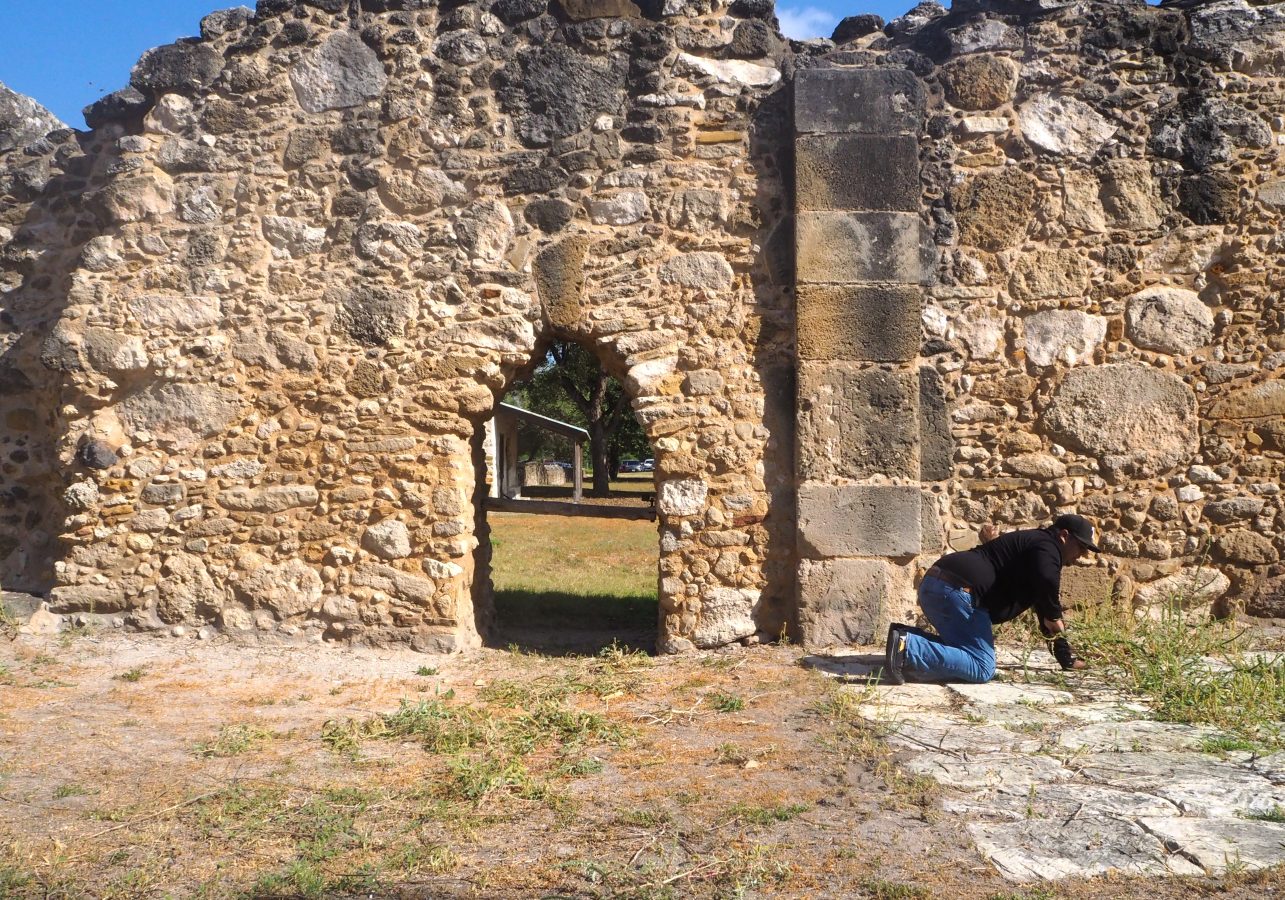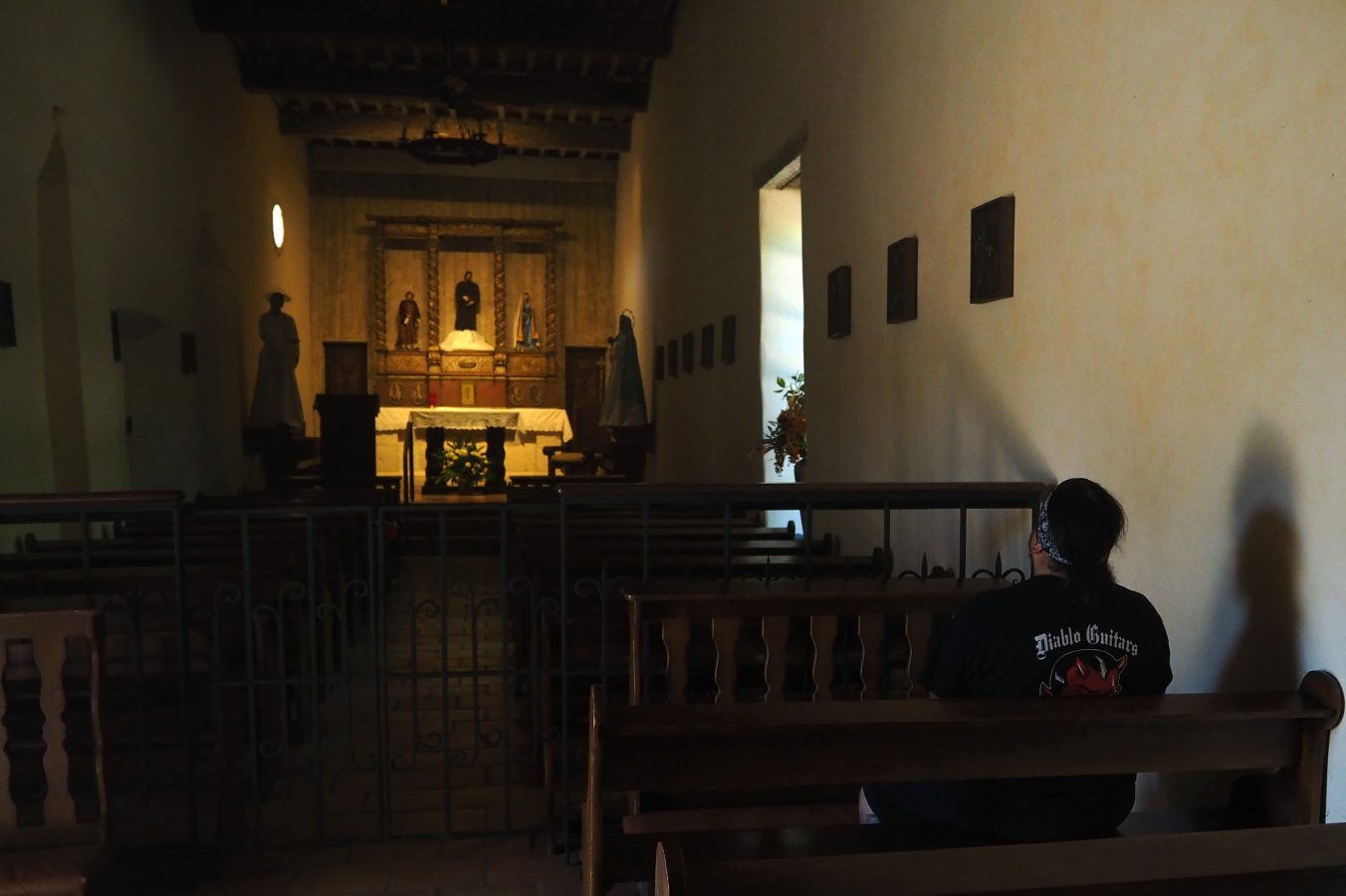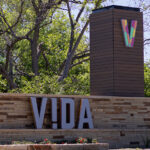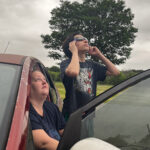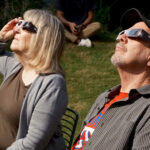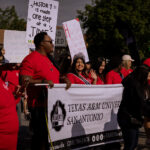Underpass
“Where I End and You Begin,” a mural created by San Anto Cultural Arts in 2017, is located at SE Military Underpass on Mission Parkway. The lead artist, Jason Eric Gonzales Martinez, is a recognized Chicano artist that assembles his work “in a way that questions the effects of time, and how we determine value in beauty, history and knowledge.” The mural is displayed alongside the San Antonio River. Visitors walking south eventually come across Mission San Juan, one of the remaining Spanish colonial missions in San Antonio.
Ramon
Ramon Diego Vasquez talks about the history of Mission San Juan and the indigenous people that once resided there. Vasquez is a member of the Auteca Paguame Tribe of the Tap Pilam Coahuiltecan Nation and works toward the preservation of indigenous practices and culture through the Spanish colonial missions across San Antonio. The mission, once property of the San Antonio Archdiocese, now falls under the jurisdiction of the National Parks Service and is open to the public from sunrise to sunset.
Cleaning
Vasquez cleans the burial ground of indigenous people that built the mission during the eighteenth century. Like other Spanish missions in Texas, Mission San Juan was built for the purpose of converting indigenous groups to the Catholic faith. The remains of the native people were excavated and removed in 1967 during an archeological dig. It wasn’t until 1999 that the remains were moved back. Vasquez recalled being present as a boy for the ceremony that took place when the remains were reentered the ground. The ceremony was held concurrently by the Archdiocese of San Antonio and descendants of the people to whom the remains belonged.
Praying
A man sits in quiet contemplation on a pew inside the chapel at Mission San Juan. The small chapel, like the mission and the grounds that surround it, is open to the public. Hymns are played and candles are burned at all hours of the day as tourists peek their heads in to look and others enter in reverence. Remains of those with the “highest social status” during the years of Spanish colonization are buried beneath the chapel.

